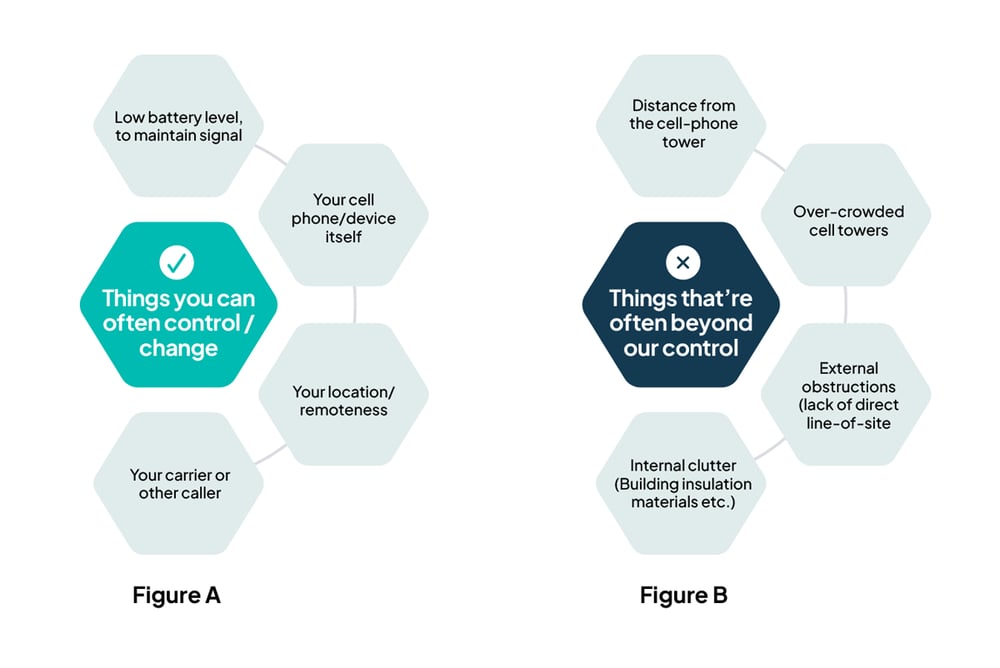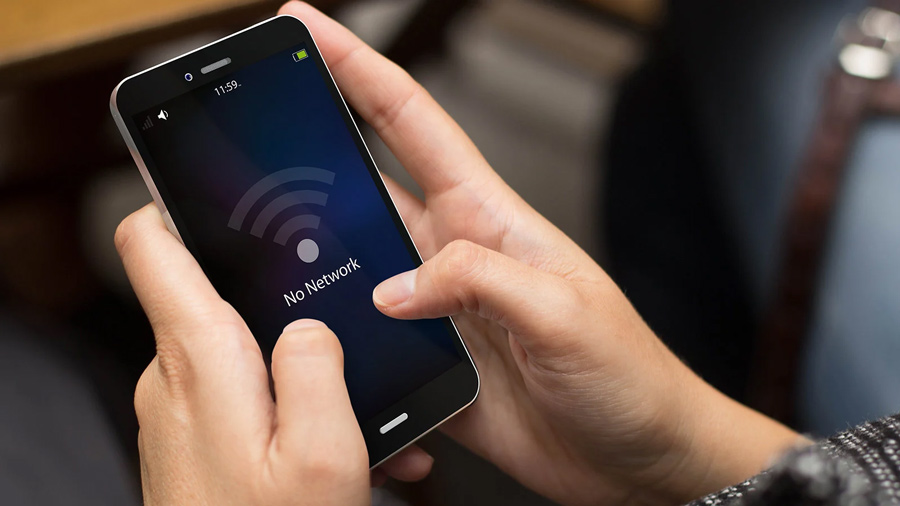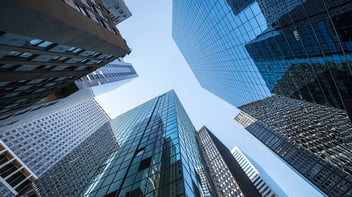Think back to when you were in the middle of an important phone call, and you realize the other party isn’t responding. It isn’t the result of the unanticipated termination of your important conversation, rather it's a dropped call.
With more and more mobile devices and gadgets than there are people, the pressure is on for additional cellular towers. Regardless of chosen carrier and communication platform, there are many moving parts within these connections.

In a consumer-driven environment where users often upgrade smartphones every two years (or less), chances are those aren’t the culprits. More than likely, it's the result of the items noted in Figure B, as discussed below.
Distance From the Cell Phone Tower
The signal gets weaker the further your mobile device is from the cellular tower. This results in garbled communications. Even worse is the dreaded one bar of service, subsequently leading to dropped calls. While this can happen anywhere, it's more prevalent within sparsely populated areas.
Overcrowded Cellular Towers
We all have experienced this during concerts, sporting events, and festivals. There are more devices connecting to the cellular tower than it can handle at full capacity. This results in being locked out of an already-congested network. And oftentimes, once a connection is made, it results in choppy, unclear voice quality.
External Obstructions
It's important to know how line of sight or external obstructions affect cellular connections. The moment there is a large enough obstruction in its path to block the direct line-of-sight, the call worsens, or drops.
The signals received by cellphones are radio waves covering both long and short distances. Think of it as as how light travels—the further you go, the weaker it gets. The larger and denser the obstruction, the more challenging it becomes for waves to travel beyond that barrier. This is a common problem in cities with tall buildings and skyscrapers, and areas with dense terrains.
Internal Building ‘Clutter’
Items such as concrete, metals, or any other dense new construction materials absorb radio-frequencies, minimizing indoor signals. Even LEED-certified glass and other energy-efficient materials can interfere, consequently acting as a WiFi penetration barrier.
However, there is good news to counter this. Distributed Antenna Systems (DAS) are the most viable solution to help alleviate concerns for both indoor and outdoor cellular wireless coverage.
Airtower Networks provides customized solutions such as cellular, managed WiFi, private LTE, and more for seamless in-building connectivity, enhanced productivity, and a competitive bottom line. Connect with us today to commence your wireless networking journey!
Subscribe to the Airtower Networks Blog
Get emailed articles, guides, and updates.




